Raaga Based Song of the Day: Chal udd ja re panchhi…
Raag Pahadi, Tal Kaherava
We have completed thirty-one days of Raaga Based Songs of the Day. Our first post in the series was titled ‘Raaga Based Song Of The Day #1’ and the song was a Mohammad Rafi and Lata Mangeshkar song from the 1970 Shakti Samanta movie Pagla Kahin Ka: Tum mujhe youn bhula na paoge. It is in Raag Jhinjhoti, Tal Kaherava.
Our thirty-first post was titled ‘Raaga Based Song Of The Day #31’ and the song was a Mohammad Rafi song from the 1958 Raj Khosla movie Kala Pani: Ham bekhudi mein tumko pukaare chale gaye. It is in Raag Chayanat, Tal Kaherava.
This blog has a number of posts on Raaga based songs in Hindi movies titled similarly; for example: ‘The Best Raaga Based Songs in Hindi Movies – Raaga Darbari Kanada – Part III’.
In the last thirty-one days of sharing Raaga based songs of the day, I have given you songs based on Raag Jhinjhoti, Gara, Bhimpalasi, Madhuvanti, Shivaranjani, Bihag, Pahadi, Sarang, Pilu, Bhairavi, Khammaj, Charukesi, Kalyan or Yaman, Desh, Malgunji, Kirwani, Kedar, Bageshri, Megh Malhar, Bhupali, Ahir Bhairav, Malkaush, Adana, Kafi, Rageshri, Jaunpuri, Tilang, Janasammohini and Chayanat.
Today, I give you a song in Raag Pahadi, Tal Kaherava.
However, first, lets take up the value added learning of today. Today, we shall learn about Thumri:
Thumri originated in the eastern part of Uttar Pradesh and the languages of Thumri are the local dialects of Hindi: Awadhi and Brij Bhasha. Indeed, if you go through the popular song of the best lyricist-music director duo in Hindi movies: Shakeel Badayuni and Naushad Ali for their last movie together (1968 HS Rawail movie Sunghursh): Mere paaon mein ghungru pehna de you will understand the use of Awadhi. Thumri’s most distinct feature is the erotic subject matter portraying the various episodes from the lives of lord Krishna and Radha.
If your imagination goes wild and you think Thumri word has originated from the popular word Thumka, ie, the sound of ankle-bells of a woman/man when he or she dances, well, you are absolutely correct.
We found Khayal as more free and flexible than Dhrupad. Well, Thumri is freer. The beauty of thumri lies in the artist’s ability to convey musically as many shades of meaning as the words of a song can bear.
How did Thumri originate and become one of the most significant genre’s of North Indian music. Until the 15th century, there are no historical references to Thumri. When I gave you Babul mora naihar chhoto hi jaaye in Raag Bhairavi, I mentioned to you that Nawab Wajid Ali Khan of Awadh or Oudh composed it as Thumri. During his time in the 19th century, it was associated with the dance-form Kathak and hence with courtesans and tawaifs.
Unlike Khayal, Thumri artistes pay considerable attention to lyrics such as Krishna’s ras leela or love play with Radha and other gopis in Brindavan.
As I mentioned, today’s song is composed in Raag Pahadi, Taal Kaherava.
Today on the 32nd day, you would have noticed that so far I haven’t repeated a raaga except Pahadi; this being the third post on songs based on Pahadi.
Why do I have this urge to get back to Pahadi? On the tenth day, I had covered for you, the sources of names of raagas and mentioned that raagas like Marwa, Jaunpuri, Mand and Pahadi were named after places. Pahadi is not a place, in the same manner, as Marwa, Mand and Jaunpur. You should expect Pahadi anywhere you see pahad or hills but actually the name is from hills in Himalayas, my home place. It is a light raaga and is more akin to being a dhun.
Pahadi is a very popular raaga in the Hindi movies. It belongs to the Bilawal Thaat. Soundofindia.com describes it beautifully: the raga is like a lover, unruffled in union, serene in separation, powerful enough to achieve eternal union, but resigned to the painful parting ordained by destiny.
All raagas are supposed to transport you to the mood of the raaga (bhaav). But, none other does it better than Pahadi: you can’t escape the freshness, quiet, wetness, echoing effect and palpable romance of the hills. It is as if the raaga says to you: ‘Love is in the air’.
Some of the songs composed in Pahadi are:
| 1. 2. 3. 4. 5. 6. 7. 8. 9. 10. 11. 12. 13. 14. 15. 16. 17. 18. 19. 20. 21. 22. 23. 24. 25. 26. 27. 28. 29. 30. 31. 32. 33. 34. 35. 36. 37. 38. 39. 40. 41. 42. 43. 44. |
Parbaton Ke Pedon Par Chahoonga Main Tujhe Baharon Mera Jeevan Jawa hai Muhobbat Chhod Babul Ka Ghar Chaudhavi Ka Chand Ho Tujhko Pukare Mera Door Koi Gaye Karvatein Badalte Rahe Meri Aankhon Mein Suhani Raat Dhal Tod Diya Dil Mera Chal udd ja re panchhi Jane Kya Dhoonhati Tum Apna Ranj-o-Gam Apne Aap Raaton Mein Patta Patta Boota Boota Kahan Hai Tu Tum Na Aaye Sanam Deewana Mujhsa Nahin Sun Mere Saajana Saeeyan Bina Ghar Piya Bin Jiya Mehelon Ne Chheen Dil Ne Phir Aaja Re Chhoomkar Raat Sulaye Kaheen Ek Masoom Aaj ki raat piya dil na todo Mere Mundere Na Bol Aao Mil Jaayen Saanjh Bhayee Nahin Aaye Neela Aasma So gaya Ih hawaon Mein Main Tulsi Are ja re hat natkhat Main Teri Chhoti Behena Kabhi To Milegi Bahaaron Ki Kanchi Re Kanchi Re Tum Jahan Ho Jeevan Se Na Haar Aawaz De Kahan Hai Isharon Isharon Mein Aage bhi jaane na tu |
Shagun Dosti Aakhri Khat Anmol Ghadi Babul Chaudhavi Ka Chand Neel Kamal Baiju Bawara Aapki Kasam Barsaat Dulari Andaaz Bhabhi Shola Aur Shabnam Shagun Shankar Husain Ek Nazar Afsana Bhootnath Teesari Manzil Goonj Uthi Sehnaibr Aangan Ki Kali Dasi Jabak Dil Ne Phir Yaad Kiya Noorie Razia Sultan Shankar Husain Bazi Parwana Prem Geet Shama Parwana Silsila Gumrah Main Tulsi Tere Aangan Ki Navrang Soutan Aarti Hare Rama Hare Krishna Road To Sikkim Door Ka Rahi Anmol Ghadi Kashmir Ki Kali Waqt |
Rafi, Suman Kalyanpur Rafi Lata Noorjahan Shamshad Rafi Rafi Shamshad, Lata, Rafi Kishore, Lata Lata Rafi Lata Mohammad Rafi Rafi Jagjeet Kaur Lata Lata, Rafi Lata Lata Rafi Lata, Rafi Lata, Bhupendra Bhupendra Lata, Mukesh Rafi, Suman, Mukesh Lata, Nitin Mukesh Lata Rafi Geeta Dutt Suraiya Suresh Wadekar, Anuradha Nirmala Devi Lata & Amitabh Mahendra, Asha Lata Asha Bhosle Lata Lata Kishore, Lata Mukesh Kishore Noorjahan, Surendra Rafi, Asha Asha Bhosle |
If you recall, I have already given you two: Aaj ki raat piya dil na todo, and Zara sun haseena-e-nazneen.
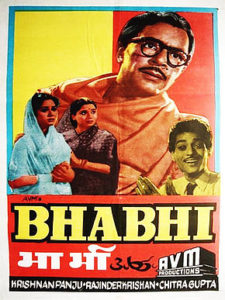
The song of today is from the 1957 AVM Production Krishnan-Panju movie Bhabhi that starred Balraj Sahni, Nanda and South-Indian actress Pandari Bai (this being her first Hindi movie; later she did one more: Paigham in 1959). Bhabhi was earlier a movie by Franz Osten in 1938. The movie was a remake of Tamil film Kuladeivam which itself was a remake of Bengali film Banga Kora which in turn was based on the novel of same name by Prabhavathi Devi Saraswathi.
Rajinder Krishan was the lyricist of the song that was composed by Chitragupt.
I was fascinated by the song from the time I was a boy and, at that time, I didn’t know anything about Raag Pahadi, Rajinder Krishan and Chitragupt. The only person associated with the song that I knew, at that time, was Mohammad Rafi, the god of songs.
Please enjoy Mohammad Rafi sing in Raag Pahadi Tal Kaherava: Chal udd jaa re panchi…
Chal u.D jaa re pa.nchhii (2) ki ab ye desh huaa begaanaa
chal u.D jaa re pa.nchhii …
Khatam hue din us Daalii ke jis par teraa baseraa thaa
aaj yahaa.N aur kal ho vahaa.N ye jogii vaalaa pheraa thaa
sadaa rahaa hai is duniyaa me.n kisakaa aabuu-daanaa
chal u.D jaa re pa.nchhii …
TUne tinakaa-tinakaa chun kar, nagarii ek basaa_ii
baarish me.n terii bhiigii kaayA, dhuup me.n garamii chhAii
Gam naa kar jo terii mehanat tere kaam naa aaii
achchhaa hai kuchh le jaane se dekar hii kuchh jaanaa
chal u.D jaa re pa.nchhii …
Bhuul jaa ab vo mast havaa vo u.Danaa Daalii-Daalii
jab aa.Nkh kii kaa.NTaa ban gaI, chaal terii matavaalii
kaun bhalaa us baag ko pUchhe, ho naa jisakaa maalii
terii qismat me.n likhaa hai jiite jii mar jaanaa
chal u.D jaa re pa.nchhii …
Rote hai.n vo pa.Nkh-pakheruu saath tere jo khele
jinake saath lagaaye tUne aramaano.n ke mele
bhiigii aa.Nkho.n se hii unakii, aaj duaaye.n le le
kisako pataa ab is nagarii me.n kab ho teraa aanaa
chal u.D jaa re pa.nchhii …
We have intended to learn about Raaga based music whilst we entertain ourselves with Raaga based songs. So, lets, once again, take stock of our collective learning so far:
- On the first day we learnt about the Raaga system devised by Pandit Vishnu Narayan Bhatkhande, which is the prevalent system in Hindustani Classical Music and based on ten Thaats.
- On the second day we learnt about Tal or Taal.
- On the third day we learnt about characteristics of Raagas that included Swar, Jati, Thaat, Arohana and Avarohana, Vadi, Samvadi and Pakad.
- On the fourth day, we learnt about Sargam.
- On the fifth day, we learnt about notations used in Indian classical music or simply Swar Lipi.
- On the sixth day, we learnt about the Ras (sentiments) that Raagas evoke.
- On the seventh day, we learnt about various types of Swar: Shuddha, Achal, Vikrut, Komal and Teevra.
- On the eighth day, we learnt the parts of a composition in Indian Classical Music.
- On the ninth day, we learnt the names of some of the popular instruments used in Indian Classical Music.
- On the tenth day, we learnt about the sources of names of Raagas.
- On the eleventh day, we learnt about why Bhairavi is the first raag to be taught to beginners and also why it is the last in a performance.
- On the twelfth day, we learnt about Khammaj Thaat.
- On the thirteenth day, we learnt about Tal Punjabi Theka or Sitarkhani.
- On the fourteenth day, we learnt about Alap.
- On the fifteenth day, we learnt about List of Raagas (Raagmala) in my favourite book: Sri Guru Granth Sahib.
- On the sixteenth day, we learnt about tips for raaga identification.
- On the seventeenth day, we learnt the basics of Gharana system.
- On the eighteenth day, we learnt about Filmi Sangeet.
- On the nineteenth day, we learnt about the commonest Tal in Raagas: Tintal.
- On the twentieth day, we learnt about the Kafi Thaat.
- On the twenty-first day, we learnt a little more in detail about the classification of Raagas.
- On the twenty-second day, we learnt the essential differences between Bhairavi and Bhairav.
- On the twenty-third day, we learnt a little more in detail about the Jati or Jaati of a raaga.
- On the twenty-fourth day, we learnt details of Thaat Bilawal, the most basic thaat in the Bhatkhande’s system of raagas.
- On the twenty-fifth day, we learnt about Tintal.
- On the twenty-sixth day, we learnt in detail about the Raaga – Samay linkage.
- On the twenty-seventh day, we learnt about Lehar.
- On the twenty-eighth day, we learnt about the history of the Hindustani Music.
- On the twenty-ninth day, we learnt about Dhrupad.
- On the thirtieth day, we learnt about Rupaktal that I was introduced to, a few months back, by my friend Anand Desai.
- On the thirty-first day, we learnt about Khayal.
- And today, on the thirty-second day, we learnt about Thumri.
There is much more still to be learnt and enjoyed.
Please stay tuned!
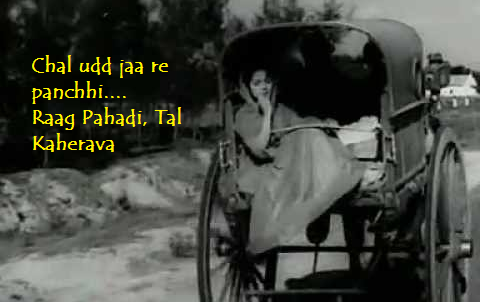
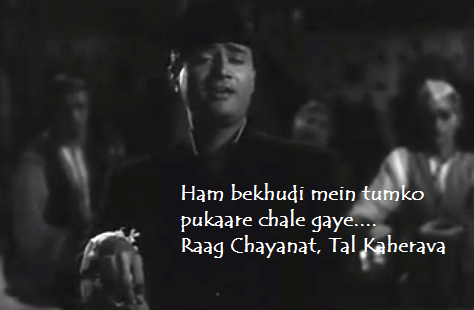
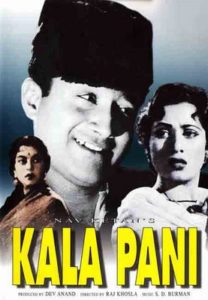 I have taken the song from
I have taken the song from 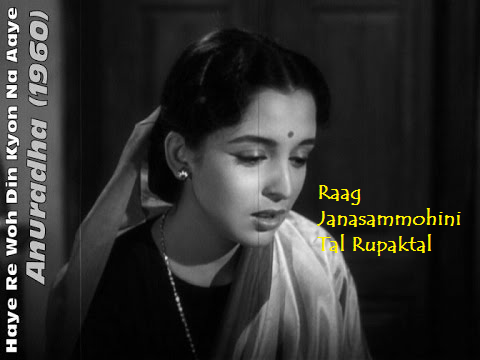

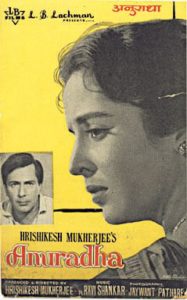
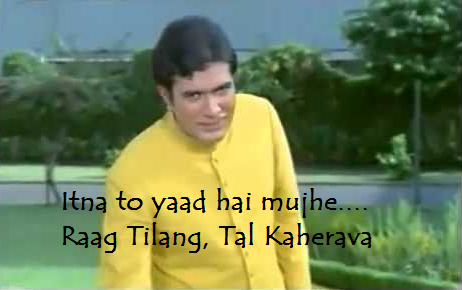
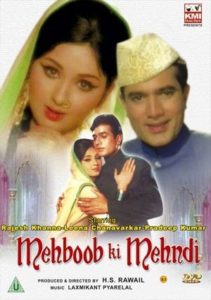 I have taken the song from the
I have taken the song from the 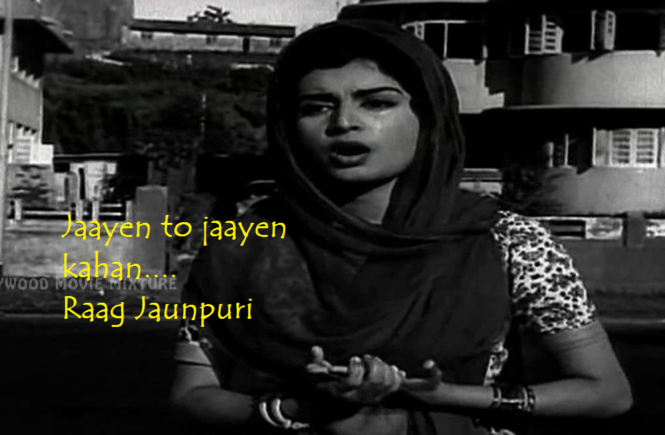
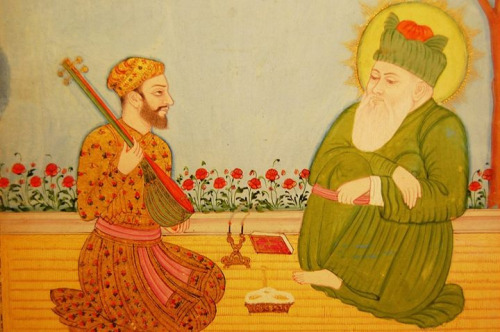
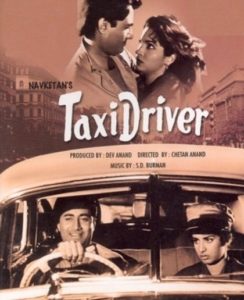
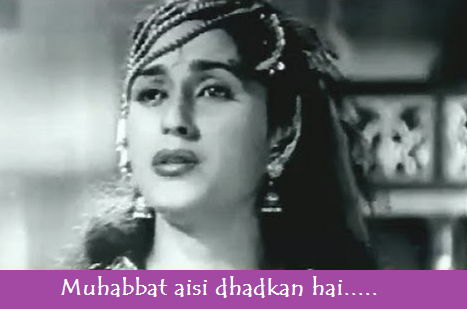
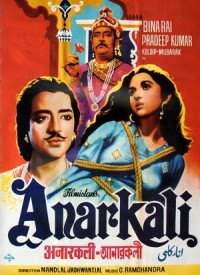 Today’s song is from the
Today’s song is from the 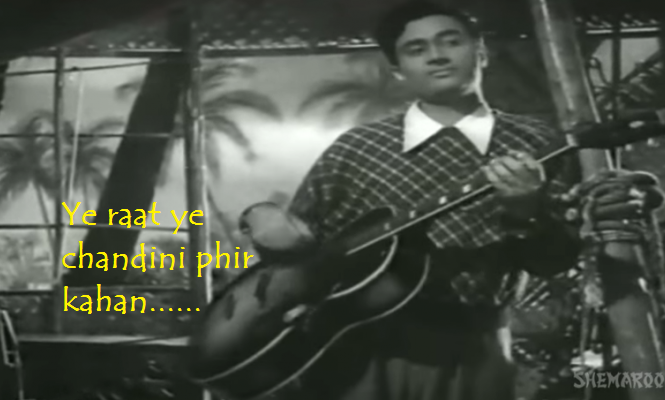
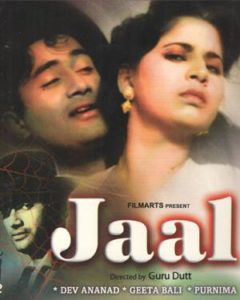 Hats off to
Hats off to 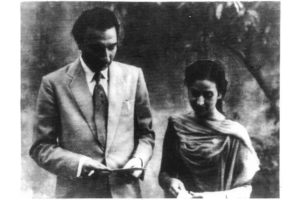
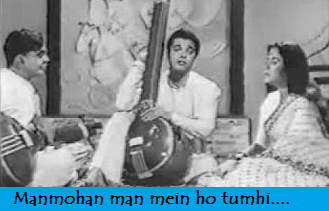
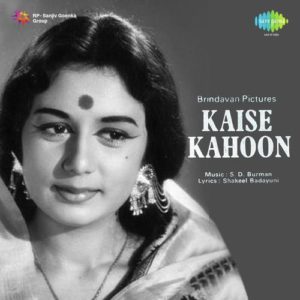 I have taken today’s song from the
I have taken today’s song from the 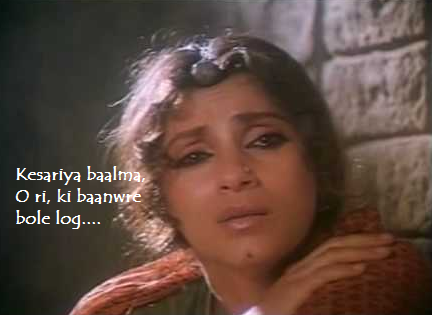
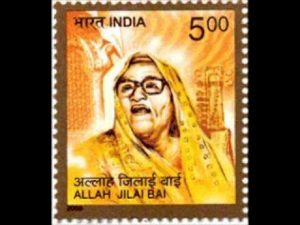 And that brings me to the song called
And that brings me to the song called 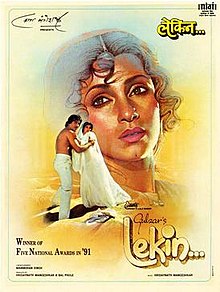 The
The 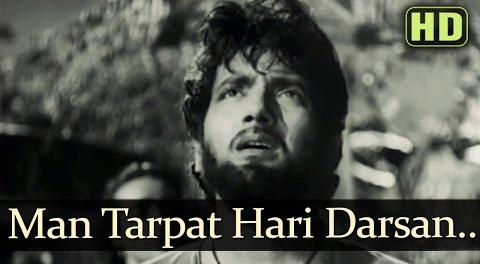
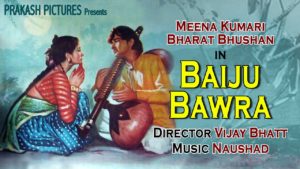 Malkaush is a late night raaga
Malkaush is a late night raaga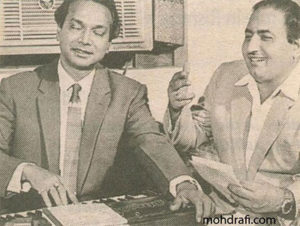
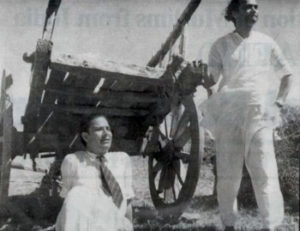
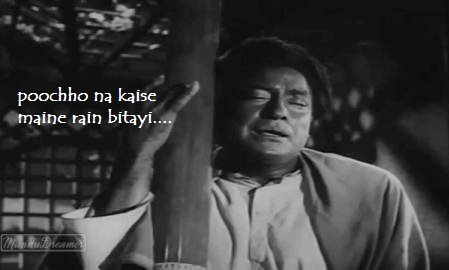
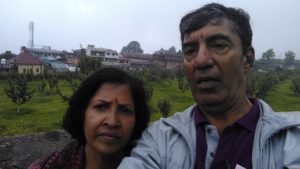 Today, I shall be giving you a song composed in
Today, I shall be giving you a song composed in 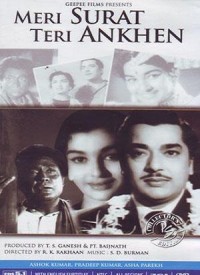 The song that I have selected for you is from the
The song that I have selected for you is from the 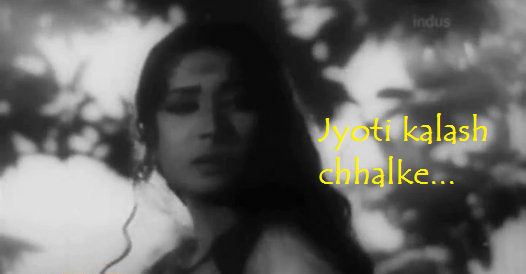
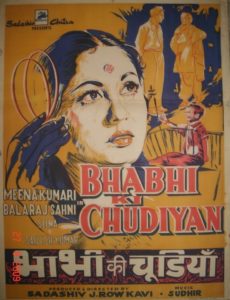
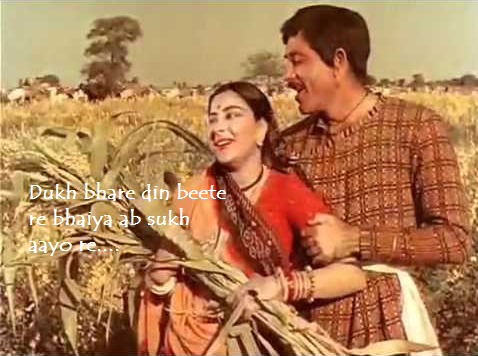
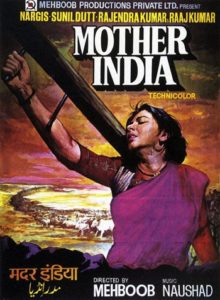 I have taken this song for you from the
I have taken this song for you from the 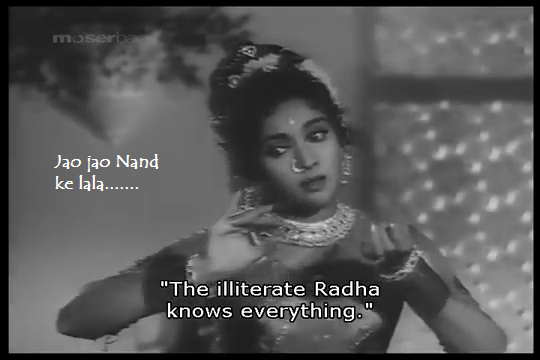
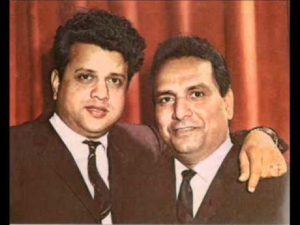 A word about the composers
A word about the composers 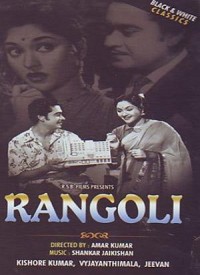 I have taken this song from
I have taken this song from 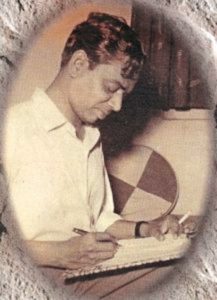 Krishna songs are always most welcome and if the lyricist is
Krishna songs are always most welcome and if the lyricist is 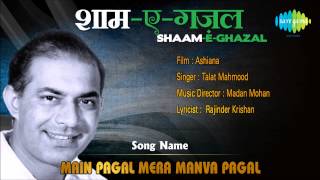
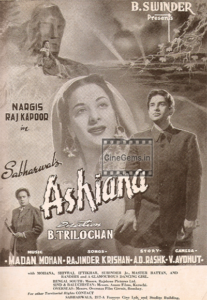 It is from the
It is from the